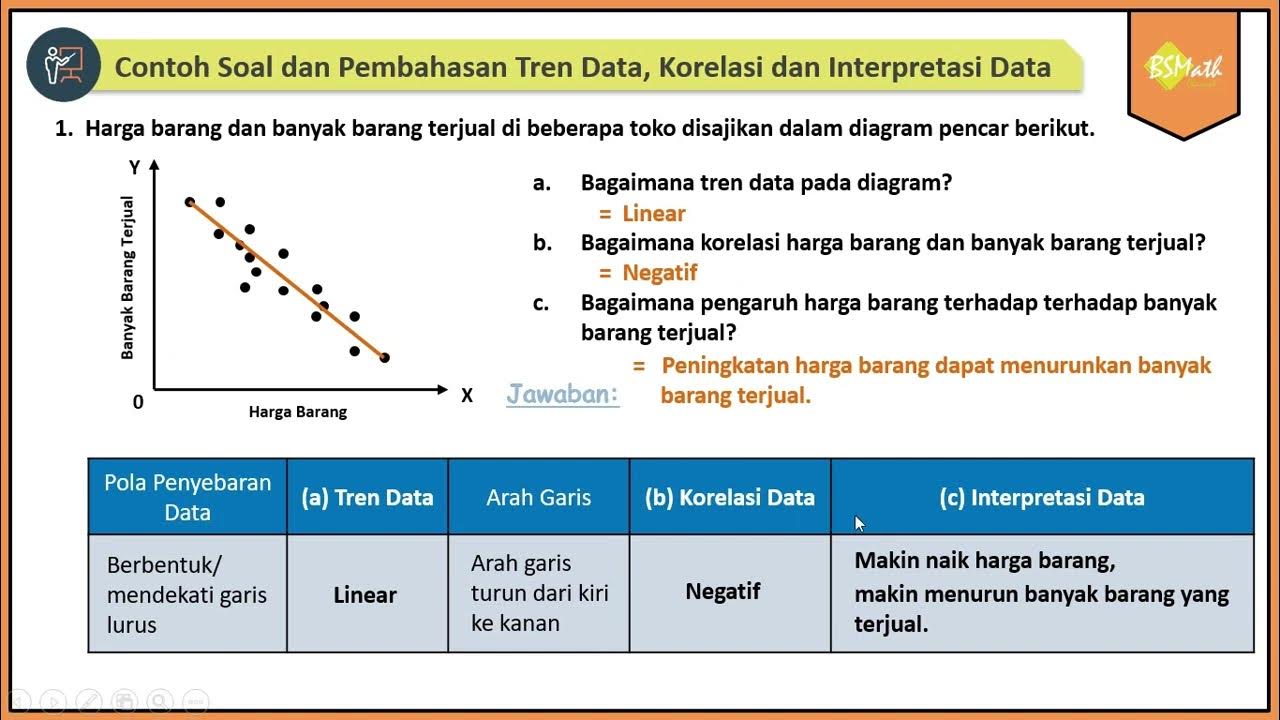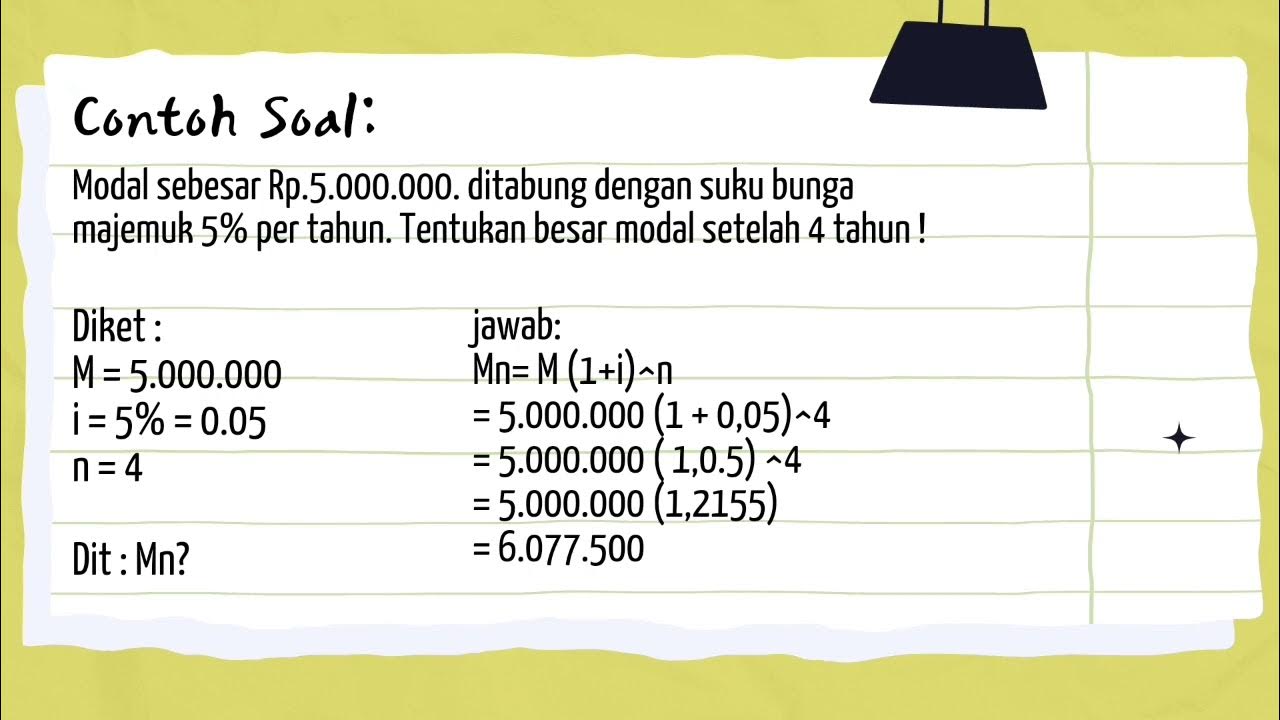Minyak Bumi | Pembentukan dan Pengolahan Minyak Bumi | Kimia kelas 11
Summary
TLDRIn this educational video, the presenter explores the chemistry of petroleum for 11th-grade students. They explain that petroleum is primarily a mixture of hydrocarbons formed from the decomposition of fossilized plants and animals. The formation process involves a lengthy transformation under high temperature and pressure. The video outlines the extraction of crude oil through drilling and its refining via distillation into five main fractions: LPG, naphtha, kerosene, diesel, and residue. Additionally, it covers secondary processes like cracking and the significance of octane ratings in gasoline, emphasizing the relationship between CO emissions and fuel quality.
Takeaways
- 🌍 Crude oil is a complex mixture primarily composed of hydrocarbons formed from the decomposition of fossilized plants and animals.
- 🔬 About 90% of crude oil consists of hydrocarbons, with the main types being alkanes, cycloalkanes, and aromatics.
- ⏳ The formation of crude oil takes thousands to millions of years due to high temperature and pressure conditions.
- 📉 Crude oil is classified as a non-renewable natural resource due to the extensive time required for its formation.
- 🔍 The first step in oil processing is drilling to obtain crude oil, which is thick and black and needs further refinement.
- 🏭 Crude oil undergoes a two-stage refining process, beginning with fractional distillation to separate different components.
- 🔥 The first stage of refining yields five main fractions: LPG, naphtha (which produces gasoline), kerosene, diesel (solar), and residual oils.
- 🔧 The second stage includes processes like cracking, extraction, crystallization, and treatment to further refine and purify the products.
- 🛢️ Gasoline is one of the significant fractions, containing n-heptane and isooctane, and its quality is measured by octane rating.
- 🔝 A higher octane rating indicates better fuel quality and resistance to knocking in engines, with premium gasoline rated at 80 octane.
Q & A
What is petroleum primarily composed of?
-Petroleum is primarily composed of hydrocarbons, which make up about 90% of its composition.
How is petroleum formed?
-Petroleum is formed from the decomposition of ancient plants and animals over millions of years, undergoing high pressure and temperature changes.
What are the main types of hydrocarbons found in petroleum?
-The main types of hydrocarbons found in petroleum are alkanes, cycloalkanes, and aromatic compounds.
What is the significance of the duplex theory in understanding petroleum formation?
-The duplex theory explains how petroleum originates from dead organic matter that is buried under sediment and transformed over time into oil and gas.
What are the stages of refining crude oil?
-The refining process of crude oil consists of two main stages: distillation and further processing.
What products are obtained from the distillation of crude oil?
-Distillation of crude oil produces several products, including LPG, naphtha (which can be converted to gasoline), kerosene, diesel, and residuum.
What is cracking in the context of petroleum refining?
-Cracking is a process that breaks down large hydrocarbon molecules into smaller, more useful ones during the further processing of petroleum.
Why is the octane number important for gasoline?
-The octane number is important because it indicates the fuel's ability to resist knocking during combustion, with a higher number representing better fuel quality.
What is the relationship between carbon monoxide emissions and fuel quality?
-Generally, the lower the carbon monoxide emissions from a fuel, the higher its quality, as it indicates better combustion efficiency and a higher octane number.
What environmental considerations are associated with petroleum use?
-Environmental considerations include the fact that petroleum is a non-renewable resource, contributing to pollution and greenhouse gas emissions during extraction and combustion.
Outlines

Этот раздел доступен только подписчикам платных тарифов. Пожалуйста, перейдите на платный тариф для доступа.
Перейти на платный тарифMindmap

Этот раздел доступен только подписчикам платных тарифов. Пожалуйста, перейдите на платный тариф для доступа.
Перейти на платный тарифKeywords

Этот раздел доступен только подписчикам платных тарифов. Пожалуйста, перейдите на платный тариф для доступа.
Перейти на платный тарифHighlights

Этот раздел доступен только подписчикам платных тарифов. Пожалуйста, перейдите на платный тариф для доступа.
Перейти на платный тарифTranscripts

Этот раздел доступен только подписчикам платных тарифов. Пожалуйста, перейдите на платный тариф для доступа.
Перейти на платный тарифПосмотреть больше похожих видео

Sistem Koloid (2) | Sifat-sifat Koloid | Kimia Kelas 11

Lingkaran dan Busur Lingkaran | #PekanBuktiKarya

Contoh Soal dan Pembahasan Tren Data, Korelasi dan Interpretasi Data Bivariat Diagram Pencar

Termokimia • Part 2: Persamaan Termokimia dan Entalpi Molar

Bunga Majemuk || Materi Mtk wajib kelas 11 ( kurikulum merdeka)

11.SINIF EDEBİYAT 2.DÖNEM 2.YAZILIYA HAZIRLIK GENEL TEKRAR KONU ANLATIMI | 2024- 2025📂2.SENARYO🔥
5.0 / 5 (0 votes)
